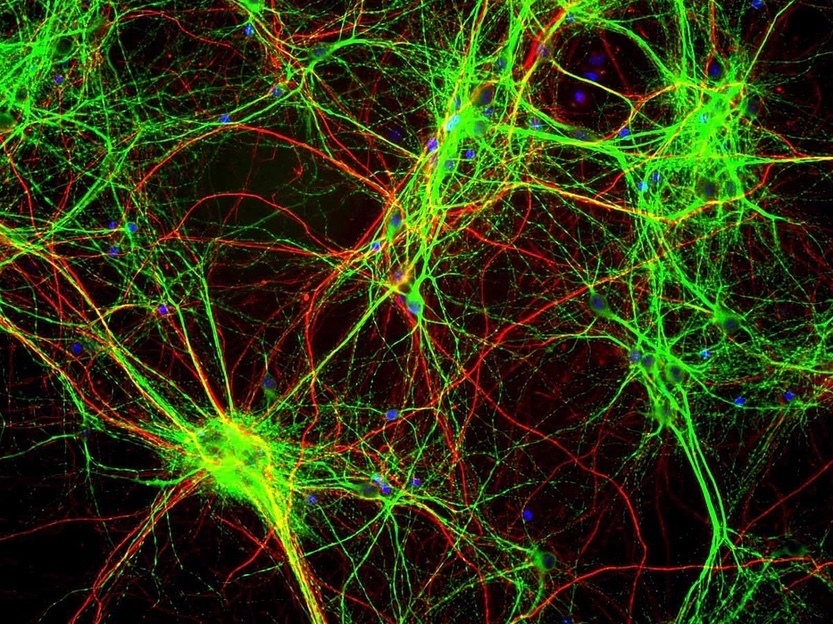How a Guy From a Montana Trailer Park Overturned 150 Years of Biology about Lichens
Joyce Park stashed this in Science
Stashed in: Science!, Stories, Extraordinary People, Life finds a way., Mycology!, Mycology
Most of us learned about symbiosis from the idea that lichen are a symbiont consisting of an algae and a fungus. Now scientists believe they are actualy an algae and TWO fungi.
They are going to have to rewrite textbooks!
In 1995, if you had told Toby Spribille that he’d eventually overthrow a scientific idea that’s been the stuff of textbooks for 150 years, he would have laughed at you. Back then, his life seemed constrained to a very different path. He was raised in a Montana trailer park, and home-schooled by what he now describes as a “fundamentalist cult.” At a young age, he fell in love with science, but had no way of feeding that love. He longed to break away from his roots and get a proper education.
The main scientist took risks for years to make this discovery.
And even when the basidiomycetes were exposed, they weren’t easy to identify. They look exactly like a cross-section from one of the ascomycete branches. Unless you know what you’re looking for, there’s no reason why you’d think there are two fungi there, rather than one—which is why no one realised for 150 years. Spribille only worked out what was happening by labeling each of the three partners with different fluorescent molecules, which glowed red, green, and blue respectively. Only then did the trinity become clear.
“The findings overthrow the two-organism paradigm,” says Sarah Watkinsonfrom the University of Oxford. “Textbook definitions of lichens may have to be revised.”
“It makes lichens all the more remarkable,” adds Nick Talbot from the University of Exeter. “We now see that they require two different kinds of fungi and an algal species. If the right combination meet together on a rock or twig, then a lichen will form, and this will result in the large and complex plant-like organisms that we see on trees and rocks very commonly. The mechanism by which this symbiotic association occurs is completely unknown and remains a real mystery.”
Based on the locations of the two fungi, it’s possible that the basidiomycete influences the growth of the other fungus, inducing it to create the lichen’s stiff crust. Perhaps by using all three partners, lichenologists will finally be able to grow these organisms in the lab.
In the Montana lichens that Spribille studied, the basidiomycete obviously goes hand-in-hand with vulpinic acid. But is it eating the acid, manufacturing it, or unlocking the ability to make it in the other fungus? If it’s the latter, “the implications go beyond lichenology,” says Watkinson. Lichens are alluring targets for ‘bioprospectors’, who scour nature for substances that might be medically useful to us. And new basidiomycetes are part of an entirely new group, separated from their closest known relatives by 200 million years ago. All kinds of beneficial chemicals might lie within their cells.
“But really, we don’t know what they do,” says McCutcheon. “And given their existence, we don’t really know what the ascomycetes do, either.” Everything that’s been attributed to them might actually be due to the other fungus. Many of the fundamentals of lichenology will need to be checked, and perhaps re-written. “Toby took huge risks for many years,” says McCutcheon. “And he changed the field.”











4:44 PM Jul 24 2016